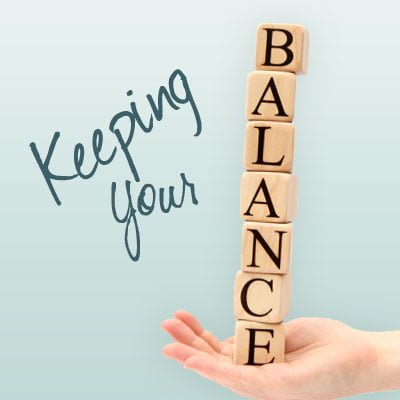60-day returns • free shipping on USA orders $129+


It’s so much fun to see Charlotte Mason’s principles play out right in front of your eyes! Recently I was presenting the workshop “Charlotte Mason & Her Methods” at a homeschool convention. It was late at night after a full day of travel and convention busyness, and some of the parents in the room were beginning to feel weary. One dad, in particular, was really struggling to keep focused.
About halfway through that workshop, as usual, I pulled out the picture cards so we could do a picture study. You should have seen that dad light up! He really seemed to enjoy describing the picture, and after that, it looked as if his attention struggles were past.
Later he stopped by the booth and confirmed what had happened. He had been feeling very weary and struggling to pay attention, but when I said, “Let’s use a different part of the brain” and distributed the picture cards, his mind seemed to turn on again. Looking at the picture refreshed his brain, and he was able to focus for the rest of the workshop.
Use Different Parts of the Brain
When we think about keeping our balance, this switching-to-a-different-part-of-the-brain technique can play an important role. Things get out of balance when too much weight or use is put on one aspect rather than distributed more evenly between many aspects. The same principle applies to how we use our brains and require our children to use their brains. Charlotte Mason encouraged us to be careful to use the various parts of our minds rather than overusing just one part. Following her advice can help us and our students pay attention more easily.
You can use this technique in a reactive way. If you notice your child’s attention starting to lag, set aside what he is working on, go do something totally different, then come back and his mind will be refreshed and ready to go once more. Usually a person struggles to pay full attention when that part of his brain has been over-fatigued or overused. Maybe he has been reading too long in one sitting, or she has been working long division for a lengthy stretch of time. Switching to use a different part of the brain gives the fatigued part an opportunity to rest, and it will be ready for more pretty quickly.
But you can also use this technique in a proactive way. When you are determining the order in which to do schoolwork each day, arrange the sequence to use different parts of the brain as you work through the subjects. In other words, don’t schedule all the reading and narrating back to back. You might read and narrate from one book, then go do a few minutes of copywork or work on an ongoing handicraft project, then some math, then a picture study or music study, then you might be ready to read and narrate from another book. By using different parts of the brain, you won’t over-fatigue any one part and it will be easier for your student to pay full attention.
Try it for yourself. Next time you feel your own attention start to lag, go do something or think about something as totally different as possible. Then come back to the original task and see how much easier it is to pay full attention. Better yet, when planning your day’s activities, try to organize them in a sequence that will use different parts of your brain.
You may be surprised to see how much this little technique will help you keep your balance.
